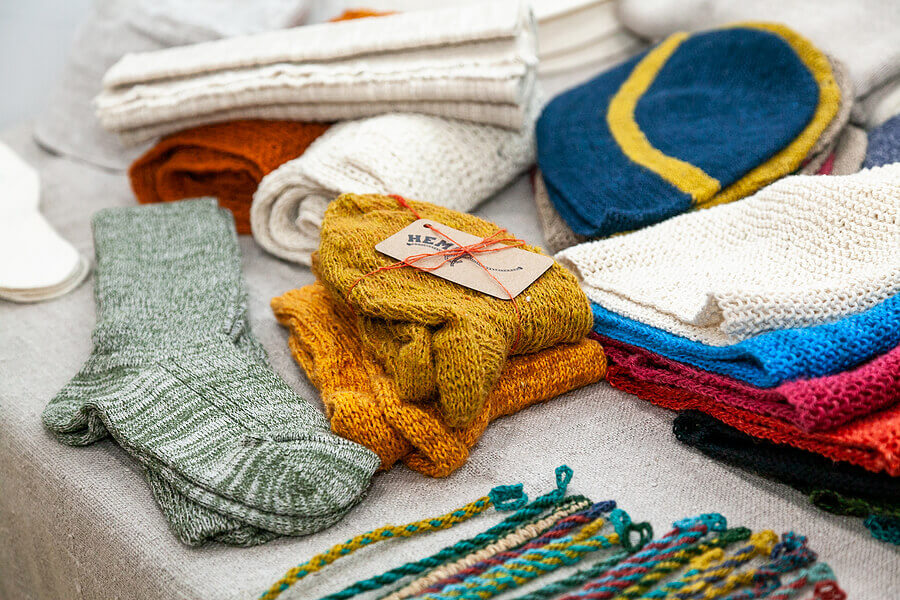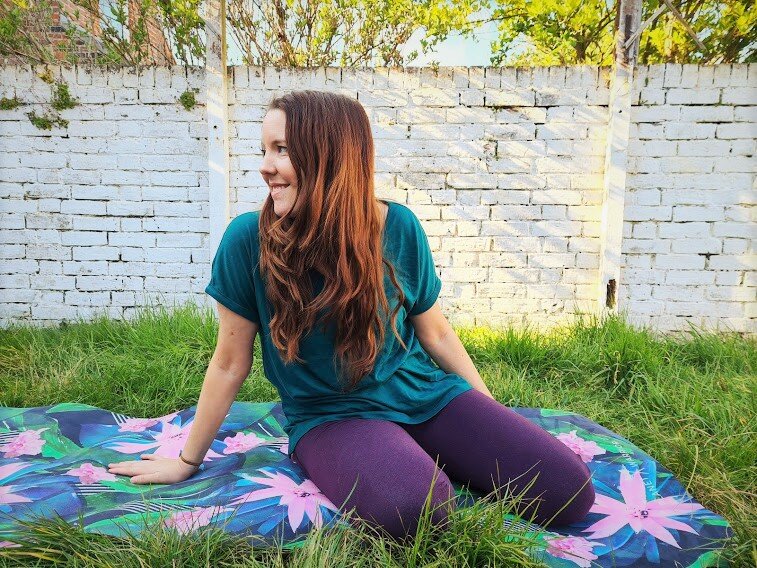Good Suggestions To Picking Hemp Clothing
Wiki Article
Why Is Hemp More Biodegradable And Durable And Renewable Than Cotton, For Instance?
Hemp is generally regarded to be more biodegradable, long-lasting, and regenerable than cotton due to its inherent properties and the method in which it is grown. Here's why- Biodegradability-
Natural Fiber Natural Fiber Hemp is made of a natural plant fibre, which is biodegradable. When discarded hemp textiles and clothing are broken down in a natural way, returning to the earth without generating lasting waste. It is a striking contrast to synthetic fibers like polyester which can take many years to break down.
The absence of synthetic additives Hemp textiles generally don't contain chemicals or synthetic additives that hinder biodegradability. However, certain cotton textiles may be treated with synthetic chemicals like specific dyes or finishes which could hinder the process of biodegradation.
Durability-
Hemp fibers have a reputation for their durability and strength. Hemp textiles and clothing are more durable to wear than cotton, which makes they last for longer. Hemp garments are durable and can be washed many times before showing signs of wear.
Hemp fabrics have a lower tendency to pill (the formation of a small, fuzzy ball on the fabric's surface) as compared to cotton. This is a major factor in the quality and durability of hemp fabric.
Regenerative Agriculture-
Health of the soil Hemp cultivation has the potential to regenerate soil when it is practiced sustainably. Hemp can improve the quality of soil by improving the health of soil. The roots that are deep in hemp prevent erosion of soil. The regenerative qualities could make the land more suited for future crops.
Low Environmental ImpactSustainable hemp cultivation techniques typically require minimal pesticide and herbicide use, thus reducing the environmental impact. The cultivation of cotton is a conventional method that can result in soil degradation as well as water pollution, among other environmental problems due to the use of synthetic chemicals.
Water Efficiency-
Low Water Requirements Hemp generally requires less water than cotton for development. Due to its drought-resistant properties, it can be grown with minimal or no irrigation. It's an efficient use of water, especially for regions that have limited resources.
Hemp can easily be incorporated in crop rotations that improve the health of soil. It also decreases the risk for disease accumulation and soil loss. Cotton farming is not as susceptible to crop rotation.
Flexibility- Hemp is a great material in a variety of applications like clothing, textiles, paper, building materials, and more. Hemp is grown in numerous ways that include sustainable and regenerative.
In addition to these advantages of hemp, it's important for you to know that hemp and cotton are produced sustainable (or not) dependent on the methods of farming and the processing techniques. Selecting hemp products produced using eco-friendly and ethical methods can increase its environmental advantages. By choosing organic cotton, you will also help mitigate the environmental impacts of traditional cotton production. Take a look at the top rated she said on hemp clothes for website tips including hemp clothing near me, hemp textiles, patagonia hemp jacket, hemp coat, hemp sweatpants, hemp hoodie, hemp fleece fabric, hemp fabric, hemp swimsuit, 100 hemp t shirt and more.

How Can Hemp Be Used To Improve Carbon Sequestration And Sustainability?
Hemp fibers are an environmentally-friendly option for textile and agricultural production. They are beneficial for the sequestration of carbon and sustainability.
Hemp develops rapidly, and can be matured between 70 and 120 days, based on its variety and growing conditions. Hemp plants absorb atmospheric carbon dioxide (CO2) in their rapid growth stage as part of the photosynthesis process. This carbon uptake contributes significantly to carbon sequestration through reducing the CO2 levels in the air.
Hemp produces a lot of biomass. The dense foliage and tall stalks of hemp yield massive amounts of organic matter. The biomass can be used for the production of organic carbon in soils as well as for various other purposes.
Sustainability:
Hemp crops need less chemical pesticides and herbicides when compared with other crops, such as cotton. The hemp's natural resistance to many insects and diseases is reduced by chemical intervention. Organic hemp farming, in particular, emphasizes sustainable agriculture by avoiding synthetic chemicals.
Water Efficiency- Hemp is a relatively water-efficient plant that thrives with minimal irrigation, especially when compared to more water-intensive crops such as conventional cotton. This helps it to last longer in regions that have limited water resources.
Soil Health- The deep root system can improve soil health. The deep roots of the plant can to reduce runoff by stabilizing the soil and enhancing soil structure. Hemp can enhance soil microbial activity, which helps to improve soil nutrient cycle and fertility.
Crop Rotation- Hemp is a great option to integrate into systems for crop rotation. Crop rotating involves the alternating of various crops within the same field. This practice is a great way to interrupt the cycle of pests as well as improve soil quality and reduce soil depletion. The role of hemp in crop rotation is important for the sustainable farming.
The rotation of the crop
Diversification- Hemp can be incorporated into crop rotation systems alongside other crops such as legumes, grains, or vegetables. This can help farmers maintain the soil's quality, reduce the risk for pests, diseases, and other problems related to crop as well as promote a balanced cycle of nutrients.
Soil Improvement- Hemp's deep roots are able to penetrate the soil and aerate it, reducing compaction and enhancing water infiltration. After hemp, better soil structure will can benefit the next crop.
Hemp fibers are a great option for crop rotation because due to their speedy expansion, large biomass production, low need for chemicals, high water efficiency, and positive effects on soil health, and compatibility. This makes hemp farming a sustainable agricultural practice. The hemp fibers produced are sustainable and can be used for use in textiles, as well as other uses. See the best hemp clothing for site examples including patagonia hemp pants, organic hemp hoodie, mens hemp clothing, hemp t shirt mens, women's all seasons hemp canvas bomber hoody jacket, patagonia volley shorts, hemp jeans mens, hoodlamb jacket, hemp yoga pants, hemp shorts patagonia and more.

What are the main differences between hemp and bamboo fibers
Bamboo and hemp are plant-based fibers that are used to create textiles. Each one has distinctive properties and characteristics. These are the main differences between bamboo and hemp fibers- 1. Plant Source-
Hemp- Hemp fibres are constructed from the bast of the stalks. Hemp is a flexible and quick-growing crop that has been utilized in many ways throughout history.
Bamboo Fibers- Bamboo fibers originate from the pulp. Bamboo is an extremely fast-growing grass known for its durability and rapid renewal.
2. Fiber Characteristics-
Hemp- Hemp is known for its durability and strength. They're one of the strongest fibers found in nature and get softer each wash, which is why they make great textiles.
Bamboo- Bamboo fibers are extremely soft and smooth. They also have a silky feel. They may be more fragile and less robust than hemp fibers, but are still valued because of the softness they offer against the skin.
3. Texture & Feel
Hemp Fabric Hemp is a fabric with a texture, and a rougher feel in its initial state. It is very comfy, however it's a completely different texture than bamboo.
Bamboo is silky smooth and soft. It is often compared to the combination of silk and twill, which makes it extremely comfy.
4. Breathability is crucial, as well as moisture-wicking.
Hemp- Hemp fibers are naturally water-wicking and breathable, which allows the circulation of air and absorption of moisture. They keep you cool and dry during the summer heat.
Bamboo Fibers- Bamboo fibres possess an excellent level of breathability and moisture wicking. They have micro-gaps in them, which enhance their ability to regulate temperature and humidity. This helps you stay comfortably in various conditions.
5. Environmental Impact-
Hemp Hemp is a fiber which is considered green due to the fact that it needs little water, is able to grow quickly and has a good resistance to insects. It also lowers pesticide and herbicide use. It can also remove carbon dioxide from atmosphere when it grows.
Bamboo is a plant that is sustainable. It grows rapidly, requires minimal water, and can be grown with no synthetic herbicides or pesticides. Some bamboos are regarded as sustainable, such as Moso bamboo.
6. Processing-
Hemp- Hemp fibers must be extensively processed in order to separate the outer bast fibres from the inner core. The process may involve retting or decortication.
Bamboo The bamboo fibers are usually made through a chemical process called the viscose or rayon process. This involves breaking down the bamboo pulp by using chemical. This process can create environmental issues if not handled properly, some bamboo fabrics utilize closed loop systems to minimize the waste of chemicals.
7. Versatility-
Hemp- Hemp fibres can be used for a range of purposes, such as clothing, textiles and paper. They also make great construction materials.
Bamboo- Bamboo is typically used to make clothing and textiles. However, it could be found in various other items such as bed linens and towels.
Summary The two types of bamboo provide unique advantages and are sustainable. Pick between bamboo and hemp depending on the quality and properties that you're looking for and your environmental preferences. Read the most popular bamboo clothes blog for more tips including kate quinn bamboo, bamboo pajama pants, bamboo jeans brand, bamboo t shirts wholesale, bamboo jeans brand, bamboo button down shirts, dixxon bamboo shirt, bamboo bed clothes, bamboo dress shirt, bamboo womens shirts and more.
